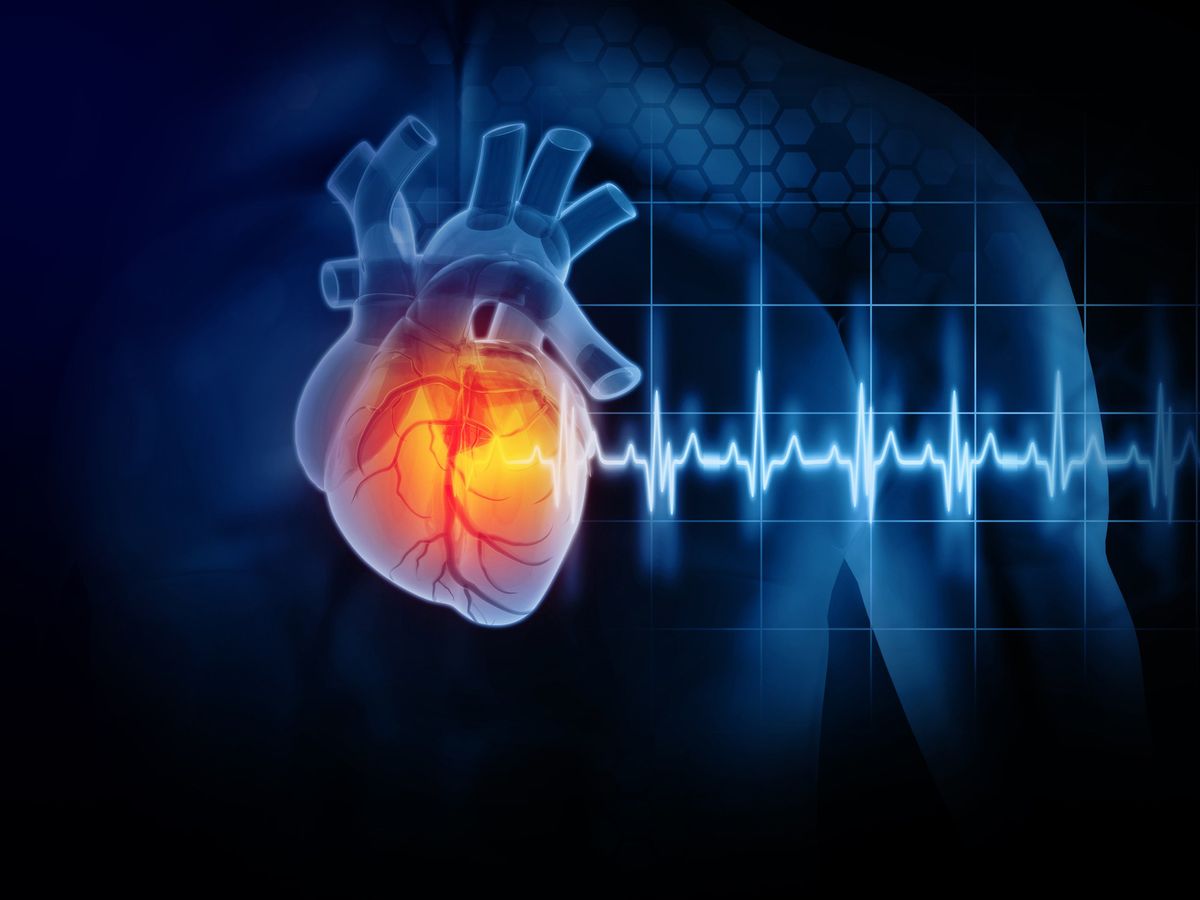This article is part of our exclusive IEEE Journal Watch series in partnership with IEEE Xplore.
Heart disease and stroke are the world’s two leading causes of death. And yet both can be agonizingly difficult to detect, leading to their notorious reputation as silent killers. Early diagnosis of heart disease–which includes complications such as heart attacks and strokes–would save lives.
To help with early detection, researchers in the United Kingdom are proposing a phalanx of IoT devices, AI, and cloud computing to provide real-time alerts when someone is experiencing a suspected cardiovascular emergency.
Muhammed Golec is a Ph.D. student in computer science at Queen Mary University of London (QMUL) involved in the study. “Heart disease is difficult to detect by conventional means,” he says, emphasizing that diagnoses often require specialized tests, such as electrocardiography and thallium tests.
Fortunately, one of AI’s specialties involves identifying anomalies in data, detecting subtleties in situations that are less obvious to the human eye. So Golec proposes that IoT devices (including smartwatches and other wearable devices) can be used to monitor a person’s vital signs and then transmit that data to the cloud, where an AI algorithm analyzes it. If the person experiences a cardiovascular complication, the system sends an automatic alert to their doctor and/or the closest health-service provider. The platform is called HealthFaaS—a reference to the popular cloud-computing term “function as a service“ (FaaS).
Golec and his colleagues describe how they created and tested HealthFaaS in a study published 18 May in the IEEE Internet of Things Journal. The researchers analyzed five different AIs trained to detect heart complications, based on such factors as accuracy, precision, recall, and ranked predictions. The results revealed that the models achieved an accuracy in heart-disease risk detection of between 83 and 92 percent.
Next, the team evaluated how well the top-ranked model (called LightGMB) worked on a serverless platform (Google Cloud Functions) compared to a non-serverless platform (Heroku). They discovered that a serverless platform achieves greater throughput and lower latency than the non-serverless platform—especially as the number of users increased.
For example, say that 500 people are using the system at the same time. If the number of users suddenly increases to 10,000, non-serverless platforms will crash and may not be able to respond. “But the serverless platform can respond without crashing by automatically increasing resources,” says Golec. “With HealthFaaS, we used a serverless platform because it can respond to a high number of users simultaneously, thanks to its dynamic scalability feature. It also offers benefits such as less operational complexity and pay-as-you-go pricing.”
However, he notes, privacy and security can still be an issue. To address this, he proposes adding security methods such as blockchain, OAuth 2.0, and Transport Layer Security to HealthFaas.
İn future work, Golec says he would like to create a new framework to ensure security and privacy in smart health systems. He is also considering ways to combine AI and serverless computing to make the computing efficiency even greater for time-sensitive IoT applications, such as instant patient follow-up and autonomous vehicles.
HealthFaaS: AI based Smart Healthcare System for Heart Patients using Serverless Computingwww.youtube.com
- This Smart Watch Detects Cardiac Arrest, and Summons Help ›
- The Inventions That Made Heart Disease Less Deadly ›
Michelle Hampson is a freelance writer based in Halifax. She frequently contributes to Spectrum's Journal Watch coverage, which highlights newsworthy studies published in IEEE journals.



